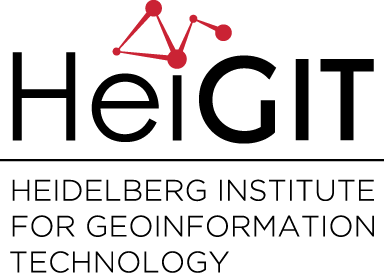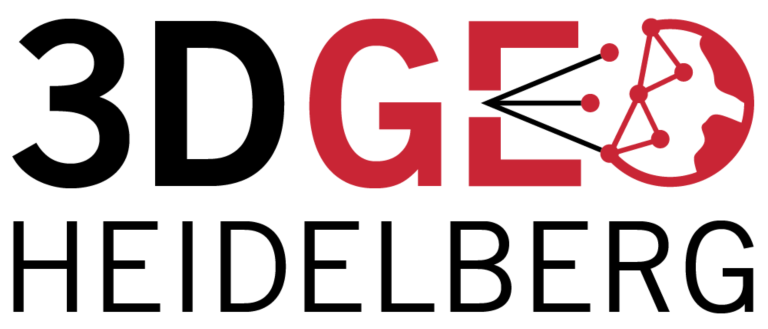Author: GIScience HD
-
The potential of OSM for landuse, health and humanitarian applications
Recently, Michael Schulz from GIScience Heidelberg gave a talk at the colloquium of Prof. Carl Baierkuhnlein at the University of Bayreuth. During his talk he presented the results on OpenStreetMap usage targeting humanitarian applications, healthy and green routing based on openrouteservice and ecological analysis or the global climate protection map. OSM is harnessed for an abundance…
-
Seasons greetings by GIScience Heidelberg
The whole GIScience Heidelberg research group does wish to all of you happy and peaceful holidays and all the best for the new year! We are looking forward to working together and especially welcome you to Heidelberg in 2019 for the State of the Map conference and HOT Summit or any other opportunity. Let’s bridge…
-
openrouteservice-js – your JS library for spatial node applications!
And here comes another little Christmas present by HeiGIT: In addition to our previously released and highly appreciated python and R libraries we now offer an additional JavaScript API making the usage of the openrouteservice ecosystem covering the entire globe based on OpenStreetMap in your web applications terribly simple. From now on you will be…
-
openelevationservice: enrich geometries with elevation
We published a new endpoint within the openrouteservice API ecosystem: openelevationservice. It queries a remote DEM for every vertex of a LineString or Point geometry. The underlying DEM is limited to SRTM v4.1 by CGIAR Consortium for Spatial Information as of now, though we’re working towards integrating more high-resolution datasets. openelevationservice returns the altitude of…
-
Spatial conceptual compliance analysis with the OpenStreetMap History Database (OSHDB)
In a previous blog post we performed a conceptual compliance analysis between OSM data and several tagging-guidelines using the OSHDB API. The results were visualized in a line chart, comparing the different compliance ratio over several months. The following analysis focuses on a spatial representation of the conceptual compliance. It is conducted for the “iD-editor”…
-
How to become ohsome part 1: Visualizing the historical evolution of OSM buildings of your city
This blog post is the start of a series of posts, which describe what you are able to do using the ohsome framework developed at the Heidelberg Institute of Geoinformation Technology (HeiGIT). OpenStreetMap (OSM), the biggest open map of our world, offers not only the current state of the data, but the whole historical evolution…
-
Complex Networks 2018 Conference: Dimension as an Invariant of Street Networks
F-B Mocnik participates in the Complex Networks 2018 conference, presenting work about the impact of space on network representations. Street networks have been examined in respect to their structure. F-B Mocnik has previously examined networks from various domains, thereby demonstrating that the polynomial volume law applies to many of them. The presentation at the conference…
-
Today! ChristMAP Workshop: Create unique presents using OSM and Satellite Imagery by disastermappers heidelberg
Christmas is just around the corner and the disastermappers heidelberg are organizing another workshop on the use of OpenStreetMap data. As last year they will present different ways to craft personal Christmas gifts based on OpenStreetMap features. Additionally they will also show how to use open satellite imagery archives captured by Sentinel and Landsat mission. Together…
-
Recommendations for organising better mapping parties with the aim of improving OpenStreetMap and Wheelmap data completeness
Nowadays, several research projects show interest in employing volunteered geographic information (VGI) to improve their systems through using up-to-date and detailed data. The European project CAP4Access was one of the successful examples of such international-wide research projects that aimed to improve the accessibility of people with restricted mobility using crowdsourced data. In this project, OpenStreetMap…
-
Conceptual compliance analysis with the OpenStreetMap History Database (OSHDB)
Conceptual compliance measures to what degree contributors of volunteered geographic information (VGI) are using proposed tagging-standards. Here, we look into OpenStreetMap (OSM) as the most well-known example for VGI. In OSM the most important tagging guideline is defined by its wiki. In addtion, OSM editors like iD or JOSM provide presets (default options to adhere to tagging standards).…


